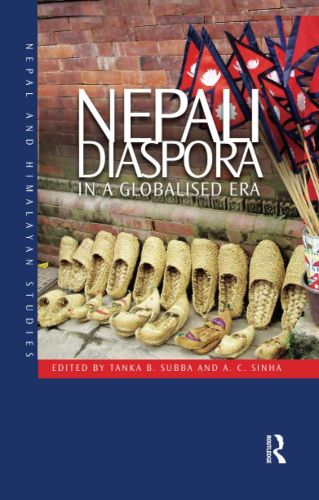
Tanka B. Subba and A.C. Sinha, in their co-edited volume Nepali Diaspora in a Globalised Era, delve into the multifaceted experiences of the Nepali diaspora across various continents. This pioneering work provides a comprehensive exploration of the global Nepali community, shedding light on their identity, livelihood challenges, and aspirations. In this essay, we will dissect the key themes and scholarly contributions of this remarkable book.
Context
The editors grapple with the term “diaspora” itself, recognizing its limitations when applied to the diverse array of Nepalis who have left their homeland for various reasons. Rather than accepting it as a generic category, they meticulously examine the nuances of migration experiences. The book spans India, South Asia, Southeast Asia, Europe, and Australia, capturing the diaspora’s social, political, and economic dimensions.
Content
The eighteen chapters within the collective work reflect a rich tapestry of scholarly attempts, employing plural methodologies and drawing from diverse sources. Some of the thought-provoking contributions are as follows:
Dialectics of Movement and Sedentarization:
P.K. Misra grapples with the dialectical relationship between movement and sedentarization. His discomfort with labelling Indian Nepalis as part of the diaspora stems from their historical connection to the sacred Himalayas, which has anchored them within India’s civilizational core.
This tension between mobility and rootedness resonates throughout the book.
Defining Space and Diaspora:
Pravesh G. Jung delves into the connotation of space in defining diaspora. He argues that “space” is both central to the diasporic experience and simultaneously linked to its loss.
Jung introduces three significant formulations: the a-personal nature of diasporic identity, the role of far-away homeland in shaping the diasporic self, and the distinction between nostalgia and diasporic longing.
Colonial Discourse and Gorkha Identity:
Rajendra P. Dhakal focuses on Darjeeling Nepalis, analyzing their distinctiveness. He appropriates the term “Gorkha” to distinguish between Indian Nepalis and those from Nepal.
The emergence of Darjeeling as a modern hill station becomes a literary backdrop for exploring Nepali nationalism outside Nepal.
Conclusion
Tanka B. Subba and A.C. Sinha have crafted an essential volume that transcends geographical boundaries. Nepali Diaspora in a Globalised Era invites readers to contemplate the intricate interplay of identity, migration, and belonging. Whether you’re a scholar, a member of the diaspora, or simply curious about global Nepali experiences, this book offers valuable insights into a vibrant and dynamic community.
If you like what we are doing, consider buying from this link. This is an affliate link. Income generated from such sell is used to run this website.

 Purchase hardcopy
Purchase hardcopy


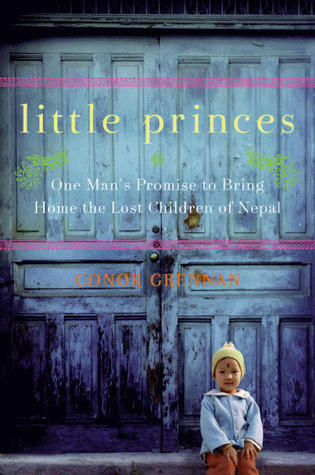
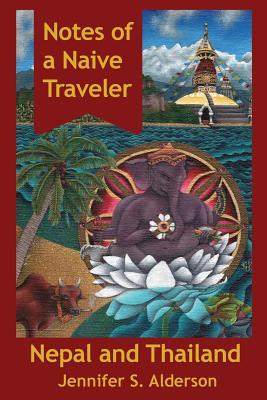
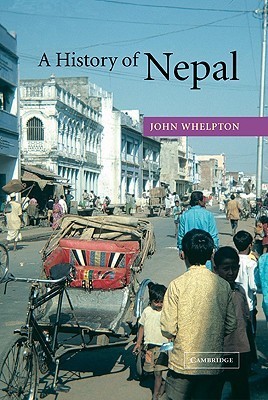
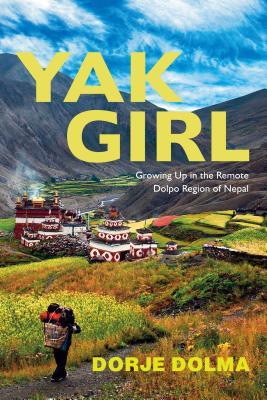

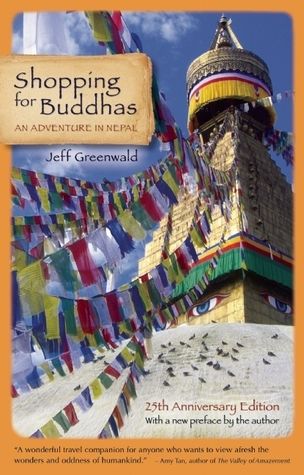
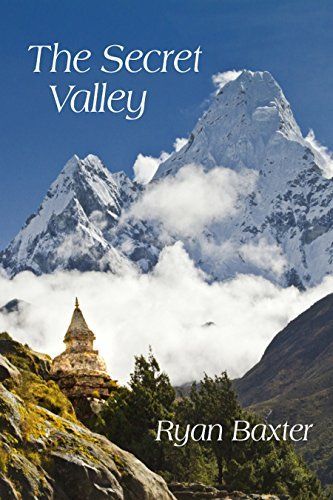
तपाईको बिचार
पहिलो कमेन्ट गर्नुहोस्!